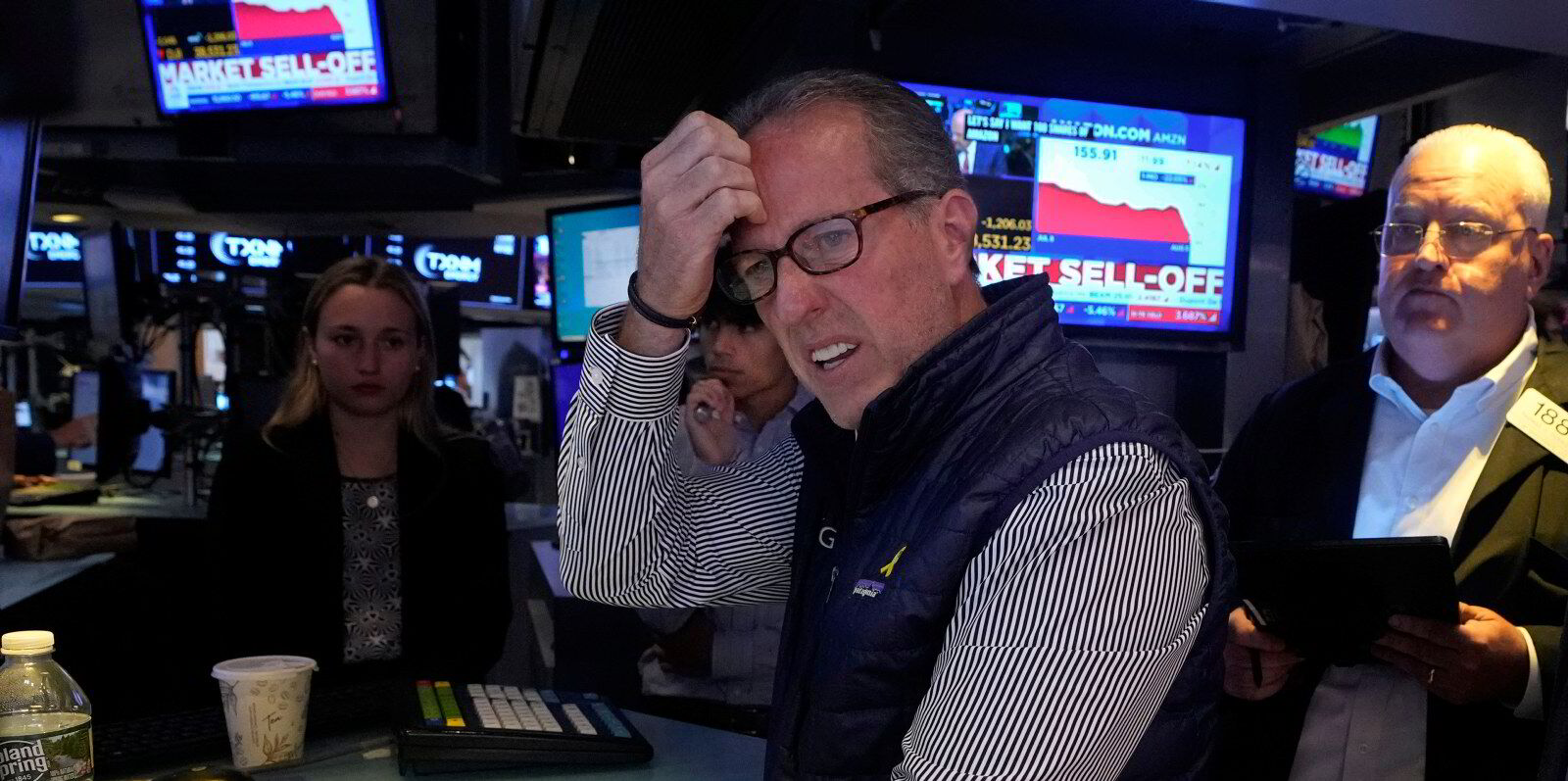Navigator Holdings has reported a 12.7% dip in its second-quarter profit despite a jump in revenue.
The New York-listed gas carrier owner, whose ships trade under the brand Navigator Gas, reported $23.2m in net income attributable to common shareholders, down from $26.6m a year earlier.
But adjusted earnings per share, which exclude factors typically not included in analyst estimates, grew to $24.8m from $18.5m.
The result was expected on Wall Street, as the adjusted net income per share of $0.34 was a penny higher than the average prediction of $0.33 by four analysts polled by Yahoo Finance.
Revenue rose to nearly $147m, up from more than $135m reported in the second quarter of 2023.
That was fuelled by rising daily time charter equivalent rates, which gained to nearly $29,600 during the period, compared with $27,200 a year earlier.
“During the three months ended June 30, 2024, the arbitrage between the price of ethylene in the US compared to the price of ethylene in the rest of the world increased, resulting in higher demand for ethylene to be shipped from the US,” the company said.
But the return of the Panama Canal to near-normal traffic shortened distances for ethylene voyages.
Operating expenses, meanwhile, rose to $107m — 7.9% growth from the $99m reported a year earlier.
The second-quarter results brought first-half profit to $51.8m, down from $46.3m earned in the first six months of last year.
The London-headquartered company finished the quarter with $138m in cash and equivalents out of $2.13bn in total assets.
Long-term loans and bonds totalled $788m out of $906m in total liabilities.
Navigator said the arbitrage window is expected to narrow, leading to lower spot rates in the third quarter.
“The decrease is due to a strengthening US domestic ethylene price caused by production disruptions arising from Hurricane Beryl, as well as unplanned maintenance shutdowns at several production plants,” it said.
“However, we expect some ethylene cargoes to be substituted by ethane exports due to an increase in the competitiveness of US ethane.”





